Kathmandu Valley is recognized as the City of Temple in all over the world. It is located in the foothills of the Himalayas where seven UNESCO’s world heritage sites are situated as monument zones. These monument zones are Kathmandu Durbar Square, Patan Durbar Square, Swoyambhunath, Pashupatinath, Boudha Stupa and Changunarayan Temple.
The infrastructure of Swayambhunath includes the oldest Buddhist monument (a stupa) in the Valley and Bauddhanath includes the largest stupa in Nepal.
Pashupati has an extensive Hindu temple precinct, and the Changu Narayan site comprises a traditional Newari settlement and a Hindu temple with one of the earliest inscriptions in the Valley from the century.
The windows, doorways and roof struts have rich and beautiful decorative carvings. The stupas have simple but powerful forms with massive, whitewashed hemispheres with the all-seeing eternal Buddha eyes.
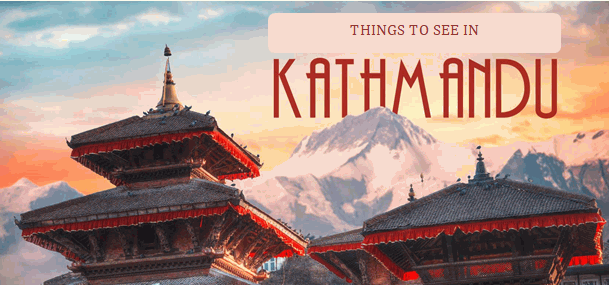
Kathmandu valley is formed after draining a large lake. Legends abound in this remarkable place and every street has a shrine or two. Kathmandu is a typically diverse, historic city with amazing architecture, beautiful wood carvings. And the metal craft which showcases the skills of the Newar artisans of centuries ago. An ancient temples and monuments in the Kathmandu Valley of the Gods where Buddhism and Hinduism co-exist in perfect harmony.
As you already know the Kathmandu is the city of the temple, you can find stupas and temples in the street of different places of Kathmandu valley.
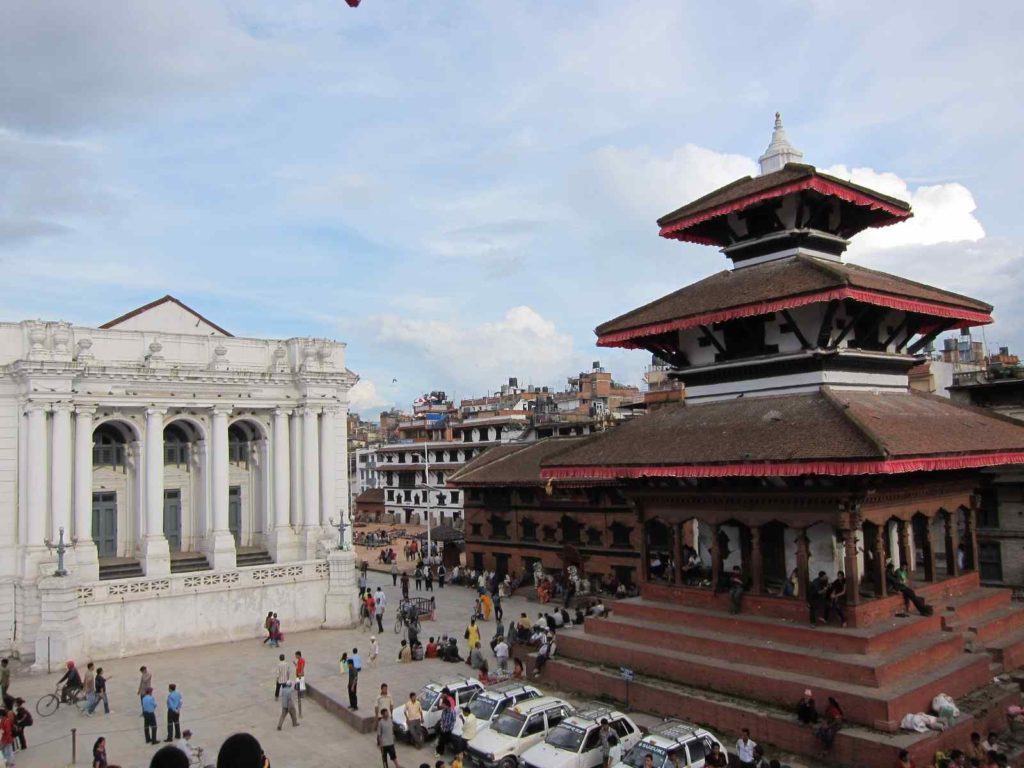
Durbar Square lies in the center of Kathmandu. The attractions of Durbar Square are Hanuman Dhoka, Degutale Temple, Taleju Mandir, Nine storey Basantapur Tower, Panch Mukhi Hanuman Temple, Mul Chowk, Mohan Chowk, Tribhuvan Museum, King Mahendra Memorial Museum and Kal Bhairab temple in its vicinity. Hanuman Dhoka was the Royal Palace of the Malla kings, later of the Shah dynasty.
Inside the museum of the palace, we can explore the culture, religion, custom, tradition, architecture, history of Royal palaces, etc. The visitors have to pay an entrance fee for entering into the museums. Museums remain open for 7 days a week with the exception of Tuesday from 10.30 am to 3 pm in the winter and from 10.30 am to 4 pm in the summer. On Friday one must visit the museums from 10.30 am to 2 pm only.
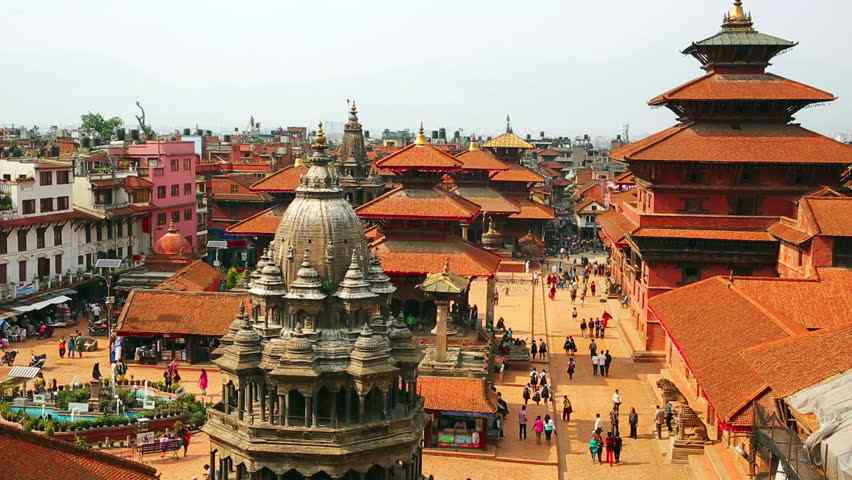
Patan Durbar Square lies in the center of the city of Lalitpur. The ancient royal palace where the Malla’s king of Lalitpur is the main attraction of this Durbar Square. The Durbar Square area presents a potpourri of the finest traditional crafts and rich in artistic heritage.
Mahaboudha Temple, Kumbeshwor temple, Krishna Temple, Golden Temple, Big Bell, Pillar of Yognarendra Malla, Vishwanath temple, Bhimsen temple, Hari Shanker temple, Mani Mandap, Café Pagoda, Rudra Varna Mahavihar, Rato Machhendra Temple, etc are the major attractions of Patan.
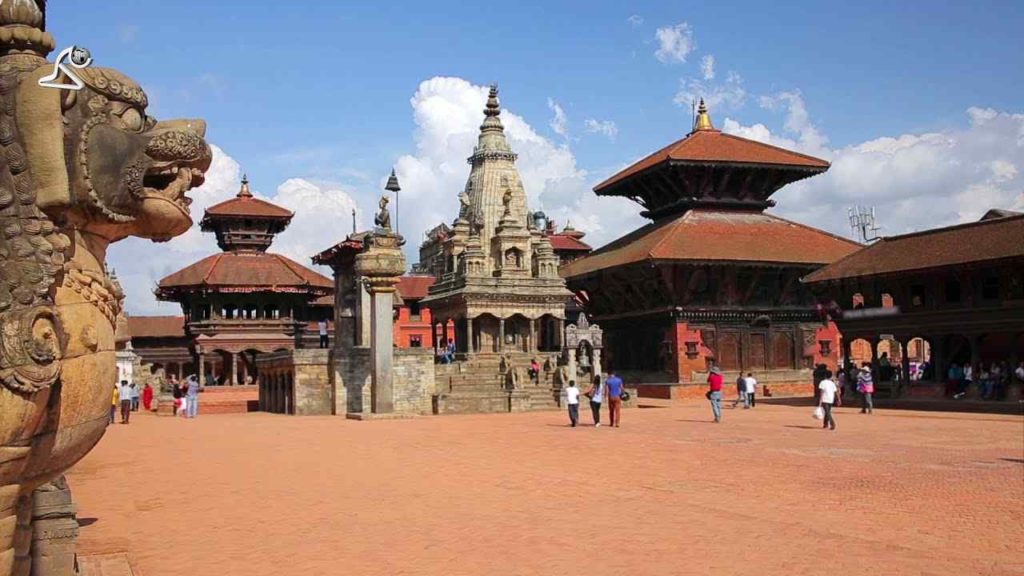
Bhaktapur Durbar Square is located at the east of the Kathmandu Valley which, lies 12 km east from Kathmandu valley.
While the site consists of at least four attractions (Durbar square, Taumadhi Square, pottery Square, and Dattatreya Square). Lion Gate, Golden Gate, Statue of King Bhupatindra, Art Gallery, Nyatapola Temple, and fifty-five windowed Malla palace are the living pride of Bhaktapur. Bhaktapur is regarded as the place of ancient Nepali culture, custom and beautiful art pieces of excellent craftsmanship.
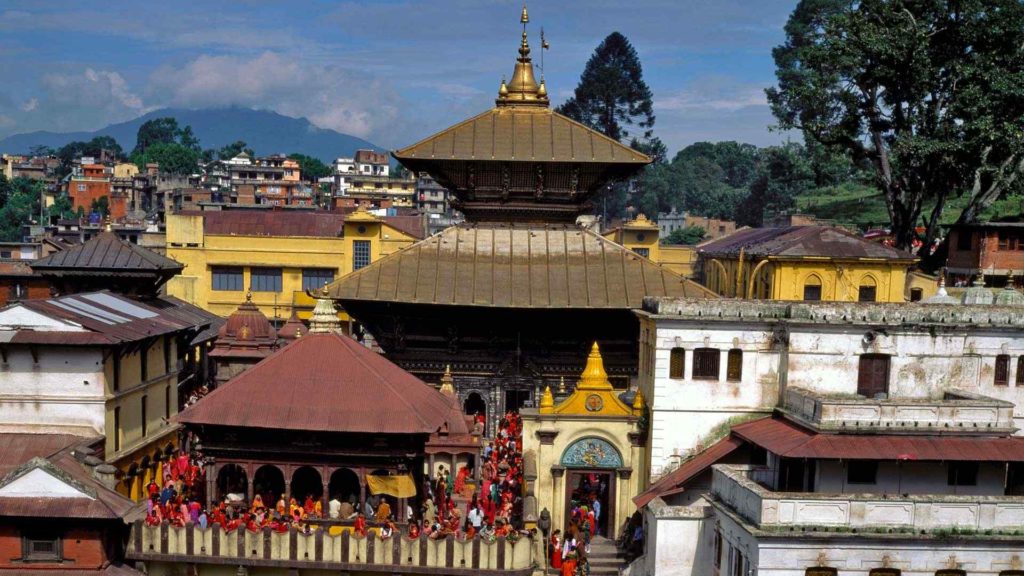
Pashupatinath temple is a temple of Lord Shiva and is the holiest place for Hindus in Nepal. The sacred temple lies on the banks of the sacred Bagmati River and situated 5 km east of Kathmandu city. Non-Hindus people are strictly prohibited from entering the temple. Pashupati Temple has a two-tiered roof and four silver doors. Devotees from all over the world come here to worship Lord Shiva.
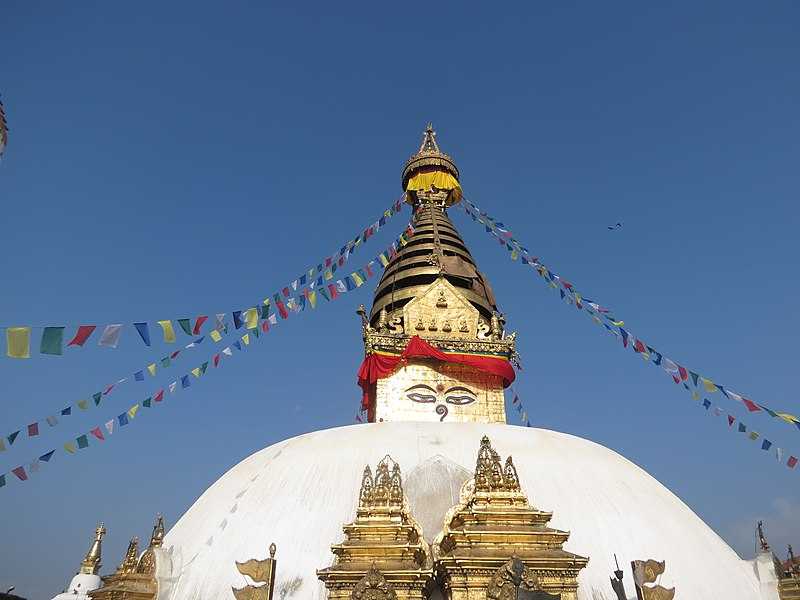
Swayambhu is one of the holiest Buddhist stupas in Nepal and listed in Word Heritage Site. It is said to have evolved spontaneously when the Kathmandu Valley was created out of a primordial lake more than 2,000 years ago.
Swoyambhunath stupa is the oldest of its kind in Nepal. And has monasteries and numerous shrines on its premises. At present time, the stupa is a solid hemisphere of brick and clay which supported a lofty conical spire capped by a pinnacle of copper gilt.
And has Lord Buddha’s eyes adorned on all the four sides of the Stupa. Swayambhunath also gives a majestic view of the entire Kathmandu valley.
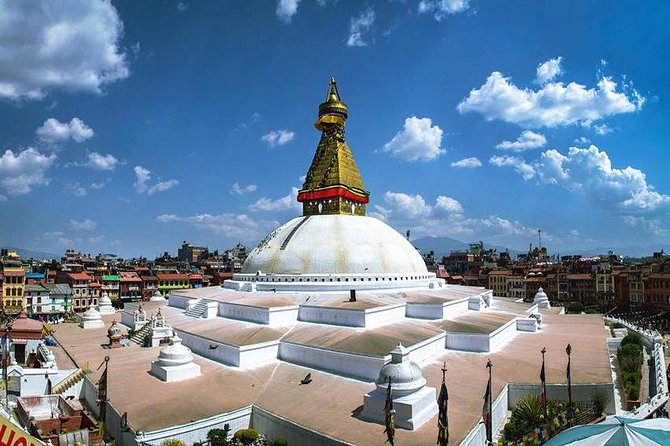
Boudhanath stupa lies 8 km East of Kathmandu and one of the most imposing landmarks in Nepal. It was built by Licchavis King Man Dev in the 5th century A. D.
Its ancient stupa is regarded as one of the world’s biggest stupa. The stupa is built on a stepped octagonal base and inset with alcoves representing Buddha. The 36-meter-high and massive stupa of Boudha which dominates the skyline in the area. Boudha is the center of Tibetan Buddhism in Nepal with countless monasteries around it.
These are the major temple in Kathmandu Valley. There are lots of temple inside the valley. Even we can find the temple in every street of Kathmandu, Lalitpur, and Bhaktapur.
Your email address will not be published.
Leave a Reply